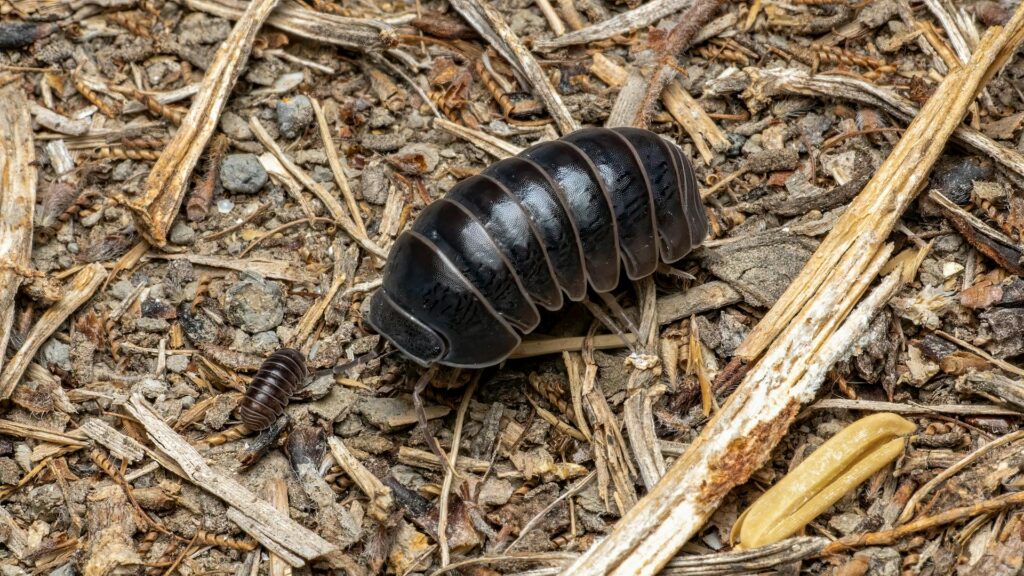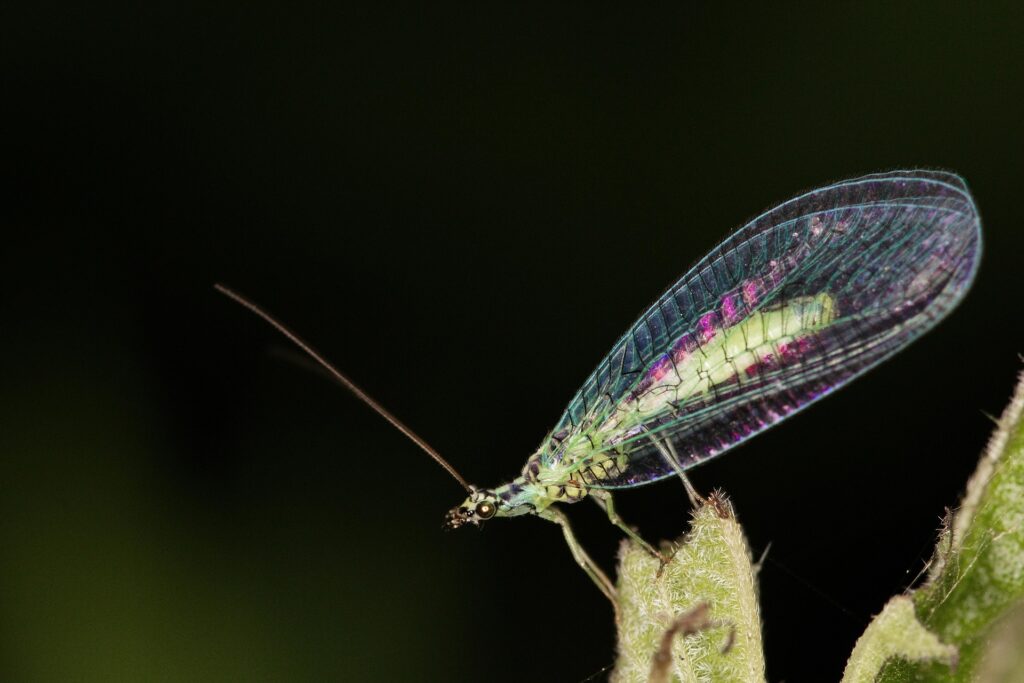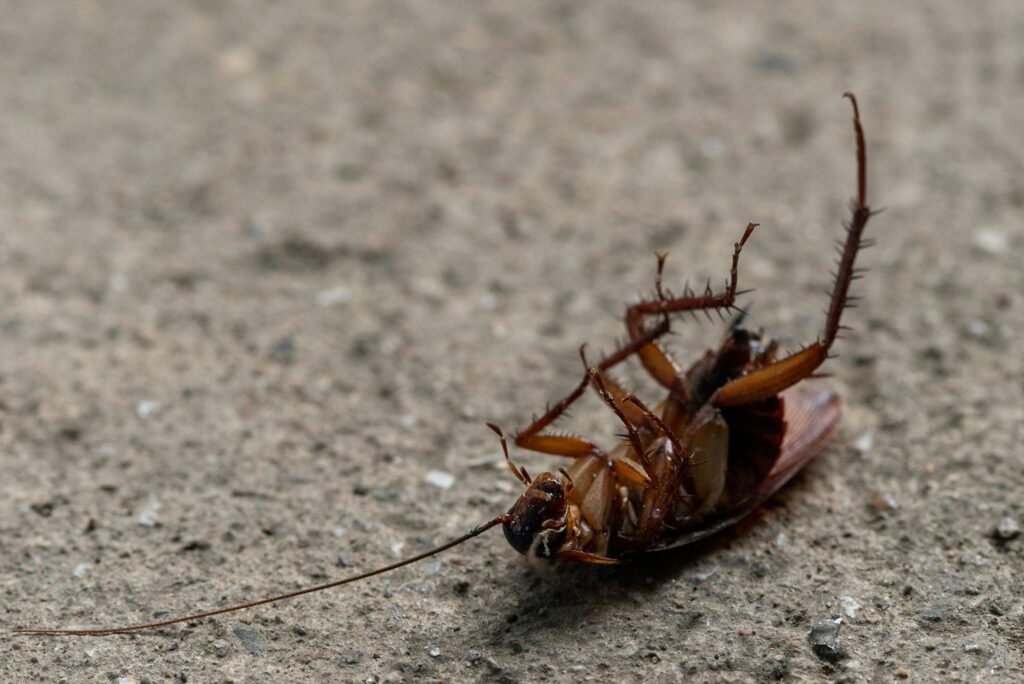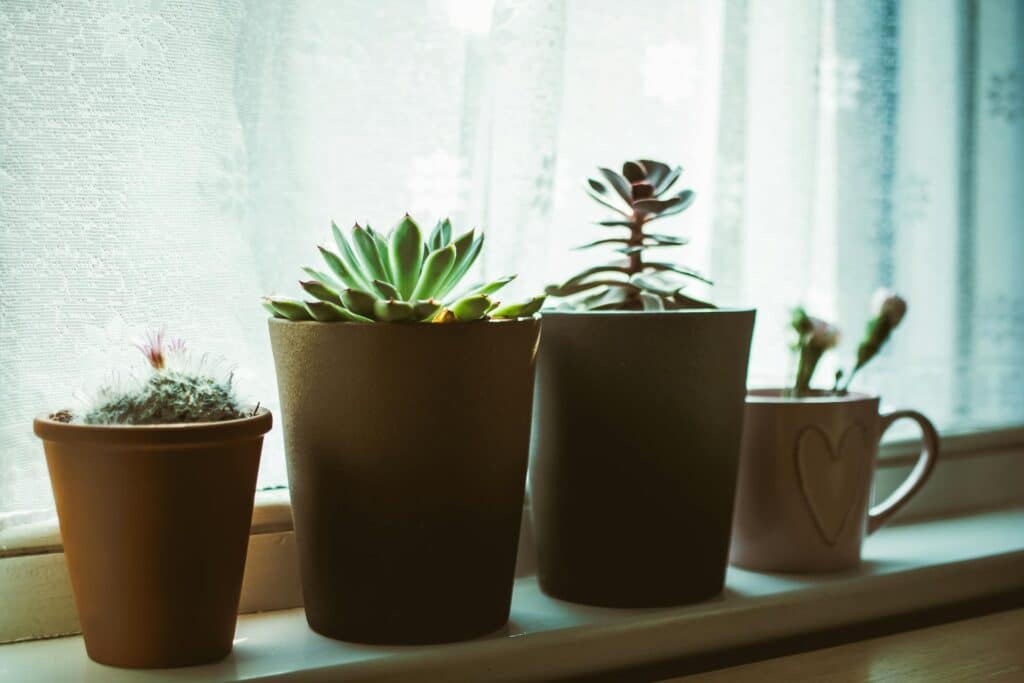Fleas might be small, but when they invade your home, they create a massive nuisance. These parasitic pests aren’t just an annoyance for your pets; they quickly spread throughout your house, turning your relaxing environment into an itchy nightmare. To avoid this, knowing various methods of yard flea prevention and detection can help restore those relaxing moments every time you use your yard.
What many people don’t realize is that fleas almost always start outside. If you have pets or wildlife around your property, your yard can easily become ground zero for a flea infestation. Once they get a foothold outdoors, it’s only a matter of time before they hitch a ride indoors, making it critical to tackle the problem before it escalates.
Here are more details on how to keep these annoying insects at bay before they make themselves too comfortable.
The Anatomy of Fleas and Their Jumping Ability
Fleas may be tiny, but they’re incredibly resilient and quick-moving, making them a formidable pest. These wingless insects, measuring only about 1/8 inch long, rely on their impressive jumping abilities to move from one host to another. A flea can jump up to 8 inches high and nearly 13 inches horizontally, which is like a human jumping over a 30-story building!
This jumping super-ability allows them to latch onto furry animals such as dogs, cats, and wildlife like raccoons, deer, or squirrels. Once they find a host, they begin to feed, sucking blood to fuel their life cycle. Fleas are parasitic, meaning they need blood to survive, and they’re particularly drawn to warm-blooded animals, including humans.
Reproduction and Life Cycle of Fleas
One of the most troubling aspects of fleas is their rapid reproductive cycle. After a blood meal, a female flea can lay up to 50 eggs per day; over her lifetime, she can produce several hundred eggs. These eggs aren’t sticky, so they fall off the host into the environment—typically wherever the animal rests or spends time. The eggs hatch into larvae and prefer dark, moist environments like tall grass, leaf piles, or under decks and patios.
After maturing into pupae, they can remain dormant for months, waiting for the right conditions (warmth and vibrations) to emerge as adults. This quick and efficient life cycle means a small flea problem can explode into a full-blown infestation before you even realize it.
Where Do Fleas Thrive?
Fleas thrive in humid, shady outdoor areas because these conditions provide the moisture and cover they need to survive. Dry, sunny spaces are less inviting, as fleas are prone to desiccation (drying out) in hot, direct sunlight. If your yard has overgrown areas, leaf litter, or piles of debris, you’ve inadvertently created a flea-friendly habitat. Fleas typically avoid wide-open, well-maintained spaces and prefer tucked-away areas where they can hide and wait for a passing host to jump onto.
What Are the Common Targets of Fleas?
Fleas are so efficient at spreading because they can leap onto a host as it passes. Dogs and cats are common targets, but fleas will also hitch a ride on wild animals like deer, opossums, and rodents. This is why even households without pets can find themselves dealing with a flea problem: they can easily catch a ride on your shoes or clothing if you venture into an infested area.
Understanding these key points is the first step toward stopping them in their tracks. By disrupting their life cycle and making your yard less hospitable, you can significantly reduce the chances of these pests spreading into your home.
How to Detect Fleas in Your Yard in 3 Ways
Identifying fleas in your yard can be tricky, but these tiny pests leave subtle clues that can help you catch them before they get out of control. Here are some recommendations that you should look out for.
1. Observe Your Pets
One of the first signs of outdoor flea activity is your pets. If your dog or cat starts scratching, biting, or grooming themselves more than usual, that’s a red flag. Fleas feed on blood, causing itchy bites that lead to constant irritation for your pets. You may also notice hair loss or red, inflamed skin on your furry friends, which are common reactions to flea bites or allergies.
2. Perform the Sock Test Method
Another straightforward way to check for fleas in your yard is by using the “sock test.” This DIY method involves wearing a pair of long, white socks and walking slowly through areas where you think fleas might lurk, especially where your pets spend time, such as under trees, near bushes, or in shaded, grassy patches.
As you walk, fleas, attracted by your body heat and movement, will jump onto your socks. Because fleas are small and dark, they’ll stand out against the white fabric, making them easier to spot. If you find fleas clinging to your socks, it’s time to take action.
3. Identify Flea Dirt
In addition to monitoring your pets and conducting the sock test, it’s helpful to check for flea dirt, also known as flea droppings. Flea dirt looks like tiny black specks and is actually digested blood left behind by adult fleas.
You can find flea dirt on your pets’ bedding, in shaded areas of your yard, or wherever your pets like to rest. A simple way to confirm its flea dirt is to collect some on a white paper towel and add water. If the specks turn reddish-brown, it’s a sign of flea activity, as the blood color becomes more visible when wet.
By monitoring these signs, you can identify a flea problem in your yard before it can spread. Fleas may be tiny, but they’re not invisible, and with a bit of attention, you can catch the infestation before it makes its way inside your home.
4 Ways to Prevent Fleas in Your Yard
Preventing fleas in your yard is about making your outdoor space as inhospitable as possible to these persistent pests. With a few simple ways, you can create a less inviting environment for them, helping to prevent them before they become a problem.
1. Mow for Protection
One yard flea prevention method is mowing your lawn regularly. Fleas thrive in tall grass, where they can easily hide and wait for passing hosts like pets or wildlife.
By keeping your grass short, you expose the soil to more sunlight, which fleas hate, and reduce the shaded, moist environments that allow them to breed. Regular lawn maintenance can go a long way in disrupting the flea life cycle and minimizing the chances of an infestation.
2. Clear Yard Clutter
This critical step in flea prevention is removing debris, leaf piles, and other yard clutter. Fleas, particularly in their larval stage, prefer dark, damp areas. Piles of leaves, grass clippings, and other organic matter provide the perfect hiding spots for fleas to thrive.
By clearing away this debris, especially in areas where pets like to roam or rest, you remove one of the flea’s favorite breeding grounds. If you have garden beds or mulch piles, keep them well-maintained and well-secured, as these spots can also attract fleas looking for a place to lay eggs.
3. Combat Fleas Carried by Wildlife
Wildlife control is another crucial aspect of flea prevention. While your pets might be the most obvious flea carriers, wild animals like raccoons, opossums, and squirrels can also bring fleas into your yard. To deter wildlife from frequenting your property, secure trash cans with tight lids, avoid leaving pet food outdoors and consider installing fencing or motion-activated lights to keep critters away.
If you have bird feeders, try placing them further from your home, as birds and the small animals they attract can be flea carriers as well. Reducing wildlife activity around your yard lowers the chance of fleas being introduced in the first place.
4. Consider Other Alternatives
Another method on how to prevent fleas in your yardis to use plants like lavender, mint, and rosemary, which are known to repel fleas and can be strategically planted around your yard. Diatomaceous earth is another well-known solution that can be sprinkled in areas where fleas are likely to hide. This fine, powdery substance dehydrates and kills fleas without harming pets or wildlife.
Prevention is always easier than dealing with an infestation, so taking these proactive steps can help keep your yard, your pets, and your home eliminate fleas. But, if the situation is out of hand and you cannot get rid of fleas, it is still best to contact a professional pest control company.
Prevent Flea Infestation With Aptive’s Expert Protection!
When it comes to fleas, time is not on your side. These pests reproduce at lightning speed, turning a small problem into a full-blown infestation before you even realize it. While DIY methods can help reduce flea populations, they often fall short of eliminating the issue entirely, especially when eggs and larvae are hiding in hard-to-reach spots.
This is where professional pest control steps in. Experts have the tools, experience, and treatments to thoroughly tackle the infestation from all angles. They can reach areas you might miss and use specialized products that target fleas at every life stage, increasing the chance of thorough flea extermination and treatment.
At Aptive, we’re dedicated to helping families and communities take control of flea problems—one home at a time. Our expert pest control services help prevent the infestation of this nuisance, allowing you to enjoy your home with complete peace of mind. Contact us today for a complimentary quote, and let us protect your home from these stubborn pests so you can focus on what matters most.









